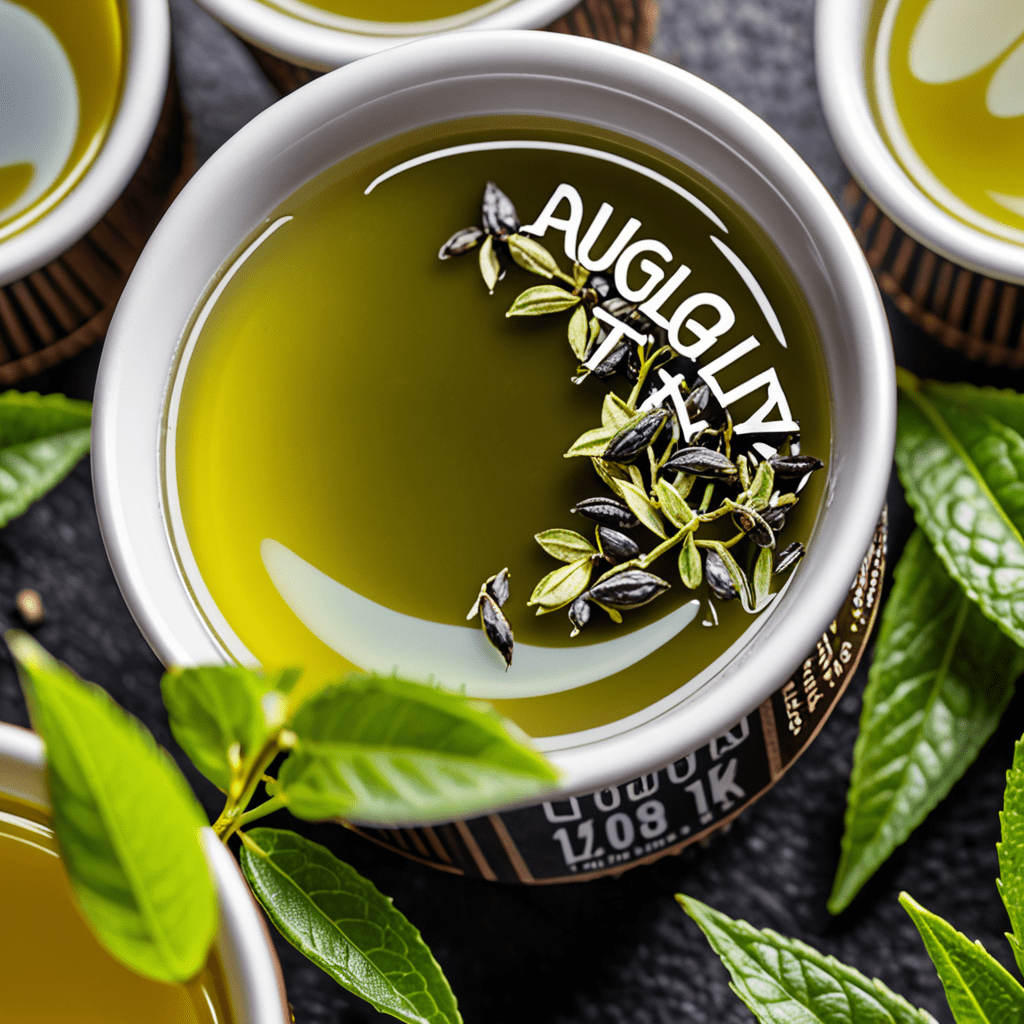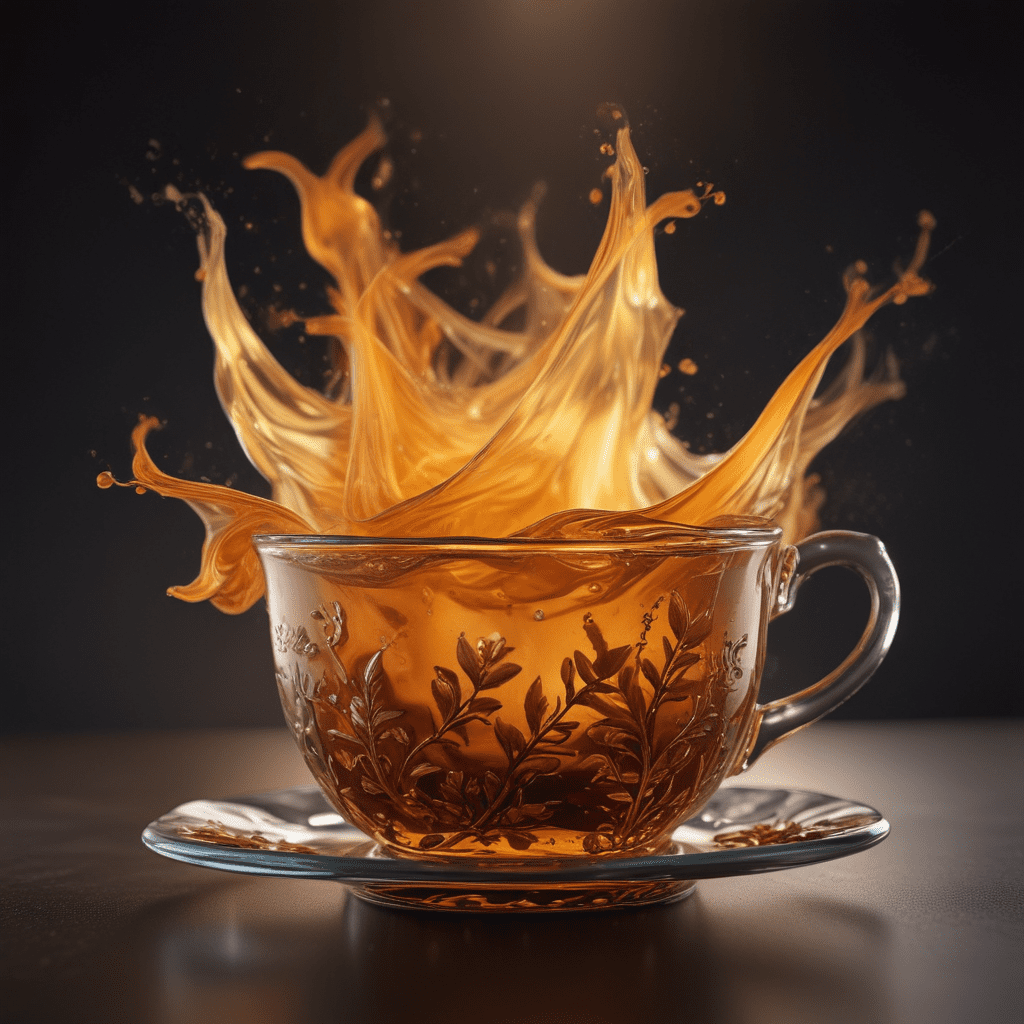Navigating the World of Darjeeling Tea Grades
1. Introduction
Ahhh, Darjeeling tea—a connoisseur’s delight, a symphony of flavors and aromas that transport you to a world of tranquility and indulgence. This exquisite tea, cultivated in the serene slopes of the Himalayas, has captivated tea enthusiasts for centuries. To truly appreciate the nuances of Darjeeling tea, it’s essential to understand the intricate grading system that classifies its quality. Join us on a journey through the world of Darjeeling tea grades, a guide to unlocking the secrets of this liquid gold.
2. The Darjeeling District: A Unique Terroir
Nestled amidst the breathtaking Himalayas, the Darjeeling district in West Bengal, India, is where the magic of Darjeeling tea unfolds. This region’s unique terroir—a combination of climate, soil, and altitude—imparts distinctive characteristics to the tea grown here. The high altitude and cool temperatures contribute to a slow growth rate, resulting in leaves that are small, delicate, and bursting with flavor. Add to that the well-drained, acidic soil, and you have the perfect recipe for creating teas of exceptional quality.
3. The Classification System: Understanding the Basics
The Darjeeling tea grading system is a rigorous process that ensures consistency and quality. Teas are graded based on several factors, including leaf size, appearance, and the time of harvest (flush). The higher the grade, the more premium the tea. Understanding this classification system is key to selecting the perfect Darjeeling tea to suit your preferences.
4. Grade 1: Finest Pluckings, Exquisite Flavor
The pinnacle of Darjeeling teas, Grade 1 represents the finest plucking of the tea leaves. These teas are characterized by their small, tightly rolled leaves and a silvery appearance. The liquor produced is light-colored, with a delicate aroma and a subtle, yet complex flavor profile. Grade 1 Darjeeling teas are highly sought after by connoisseurs and are often reserved for special occasions.
5. Grade 2: Delicate and Balanced, a Symphony of Flavors
Grade 2 Darjeeling teas are a harmonious blend of quality and affordability. The leaves are slightly larger than Grade 1 and have a more open appearance. The liquor is slightly darker in color, with a more pronounced flavor profile. Grade 2 teas offer a delicate balance of astringency and sweetness, making them a versatile choice for everyday enjoyment.
6. Grade 3: Rich and Robust, a Bold Experience
Grade 3 Darjeeling teas offer a bolder flavor profile, with a darker liquor and a more pronounced astringency. The leaves are larger and have a more open appearance, resulting in a tea that is full-bodied and robust. Grade 3 teas are perfect for those who enjoy a strong and flavorful cup of tea.
7. Grade 4: Affordable Elegance, a Daily Delight
Grade 4 Darjeeling teas represent an excellent value for everyday enjoyment. While they may not have the exquisite flavor of the higher grades, they still offer a delightful and satisfying tea experience. The liquor is light-colored, with a gentle aroma and a subtle sweetness. Grade 4 teas are a great way to experience the joy of Darjeeling tea without breaking the bank.
8. Beyond the Numbers: Examining Leaf Size and Flush
In addition to the grade, other factors can influence the characteristics of Darjeeling tea. Leaf size plays a role in the tea’s strength and flavor. Smaller leaves tend to produce a more delicate and nuanced tea, while larger leaves result in a bolder and more robust cup.
The flush, or harvest period, also affects the tea's flavor profile. The first flush, harvested in spring, produces teas that are light, delicate, and floral. The second flush, harvested in summer, yields teas with a more robust and full-bodied flavor.
9. Pairing Darjeeling Teas with Food
The delicate flavors of Darjeeling teas make them a versatile accompaniment to a wide range of foods. They pair well with light and savory dishes such as salads, sandwiches, and fish. Darjeeling teas can also be enjoyed on their own as a refreshing and palate-cleansing beverage.
10. Conclusion: Elevating Tea Experiences with Darjeeling Grades
Understanding the world of Darjeeling tea grades is essential for elevating your tea experiences. By selecting the right grade for your taste preferences, you can unlock the full potential of this exceptional tea. Whether you prefer the delicate nuances of Grade 1 or the bold flavors of Grade 3, there is a Darjeeling tea to suit every palate. Embrace the journey of tea exploration and discover the exquisite flavors that await in the grades of Darjeeling.
FAQ
Q: What is the most important factor to consider when choosing a Darjeeling tea grade?
A: Personal taste preference is the most important factor. Start by trying different grades to determine which flavor profile you enjoy most.
Q: Can I mix different grades of Darjeeling tea?
A: Yes, you can mix grades to create your own unique blend. Experiment with different combinations to find the perfect balance of flavors.
Q: How should I store Darjeeling tea?
A: Store Darjeeling tea in an airtight container in a cool, dry place away from direct sunlight. This will help preserve its freshness and flavor.


